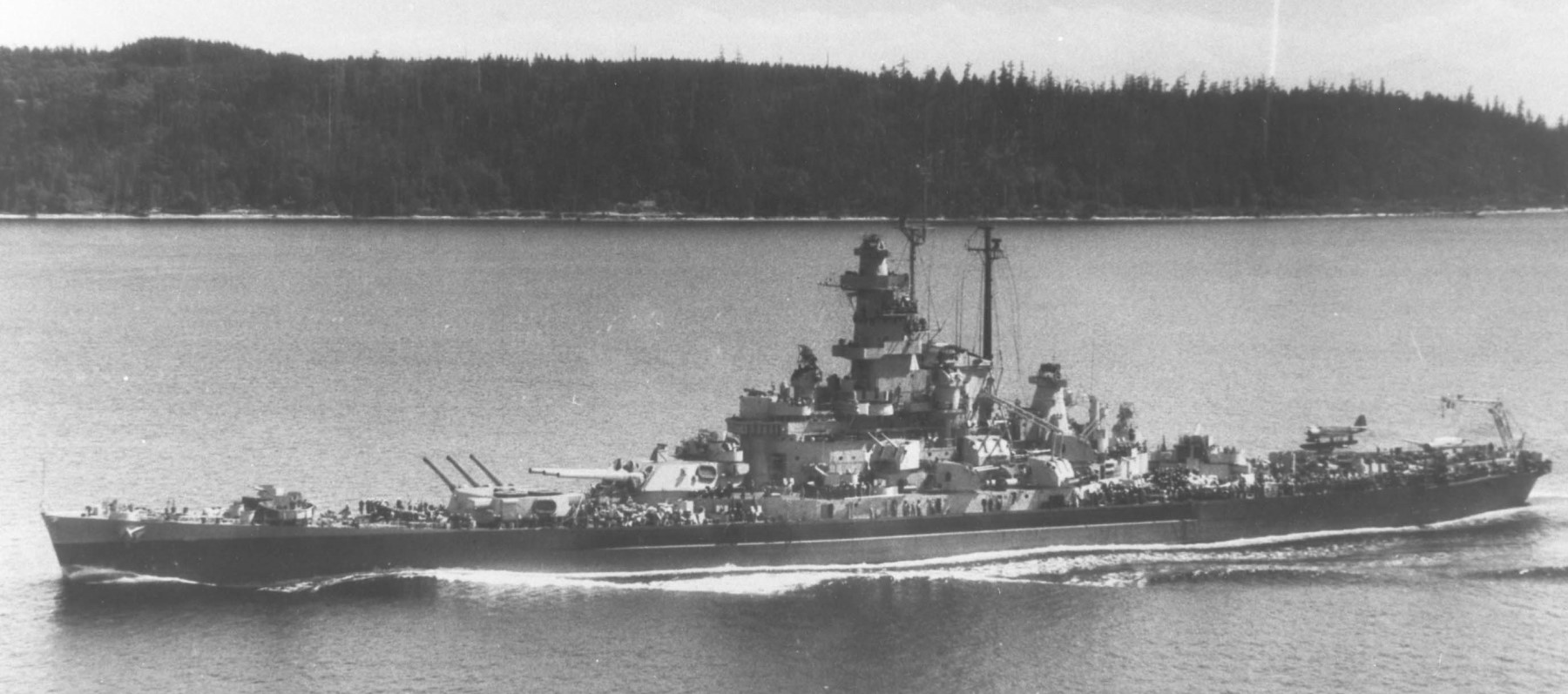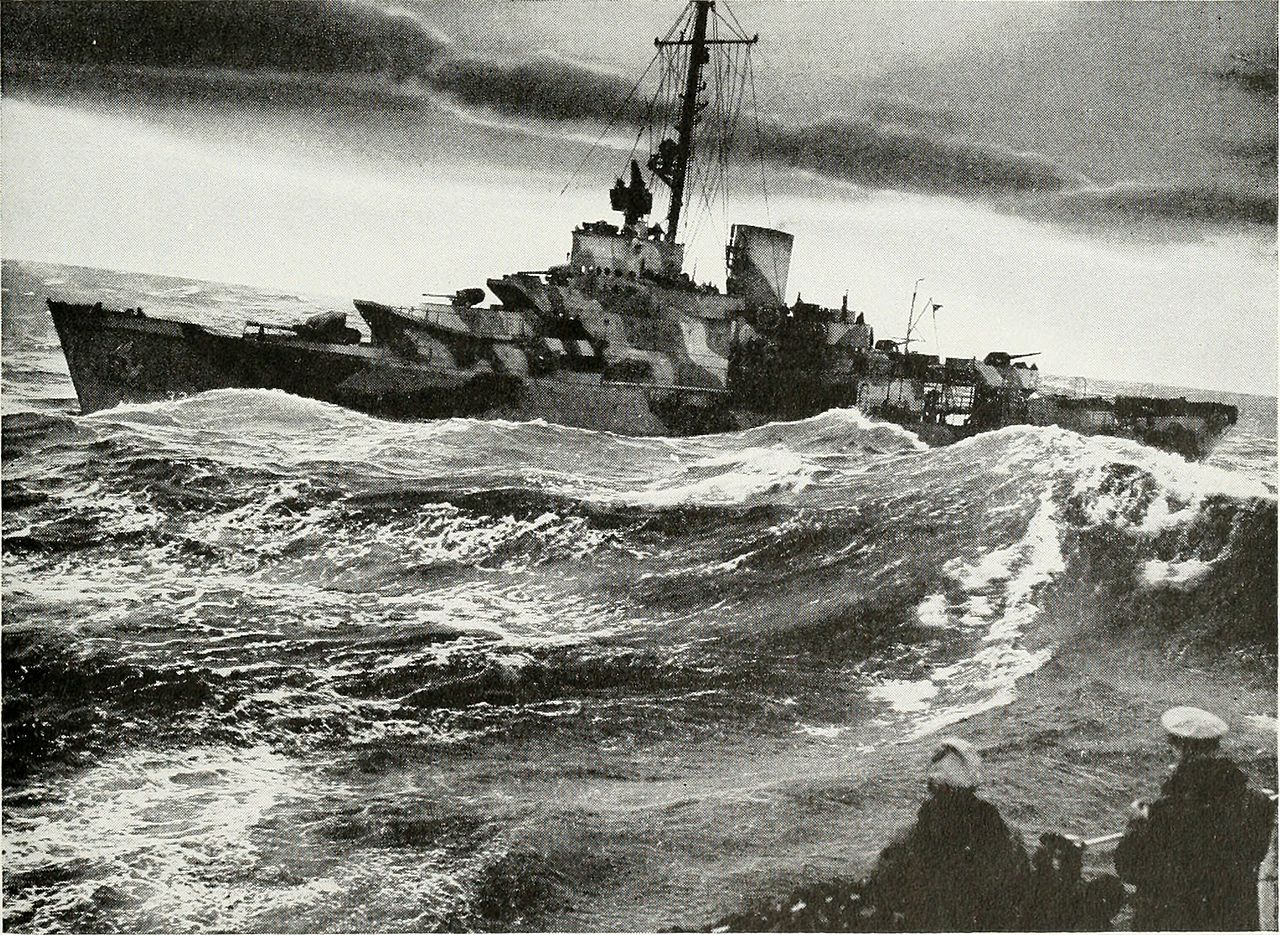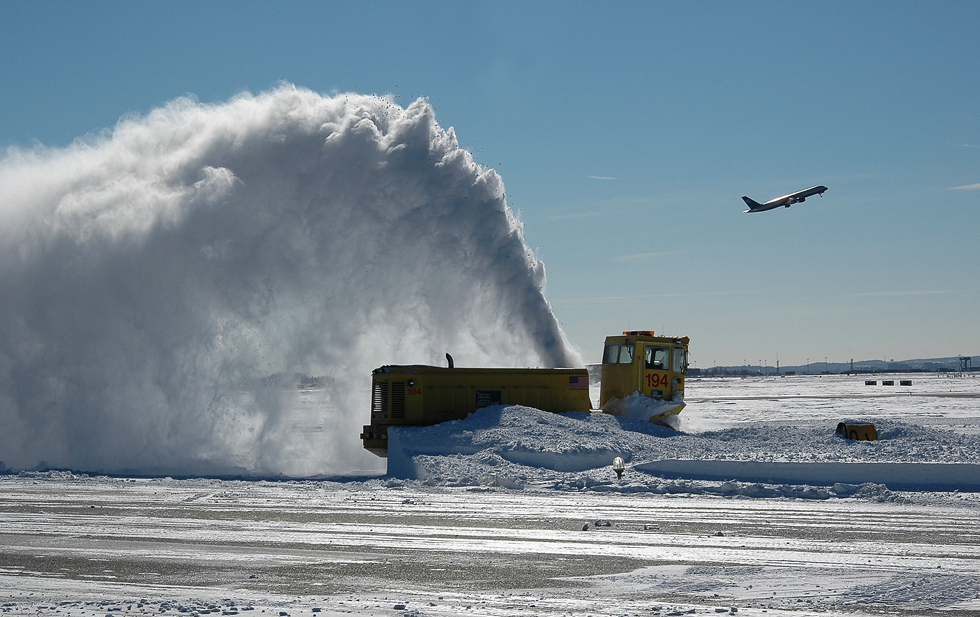Even as Roma and the invasion fleet off Salerno were attacked by the German guided bombs, the Allies began to desperately search for countermeasures. They had first learned of the project from the Oslo Report, sent in November 1939 by anti-Nazi physicist Hans Mayer, who passed the British a document containing information on a number of secret German military projects, including German radars, radio-navigation equipment, and the first hints of what ultimately became the V-2 rocket. The British, viewing the report as too good to be true, disregarded the contents.

An Hs 293
The next warnings came in mid-1943, courtesy of ULTRA, and were taken rather more seriously. Even better, some of the crew from the aircraft shot down over Salerno were captured, giving the Allies some insight into the operation of the system. Recording equipment intended to capture the control signals so countermeasures could be developed was fitted to a few escorts. Unfortunately, the Allies concluded that the Kehl-Strasbourg system worked on frequencies between 10 and 35 MHz, leaving the actual frequency of 48-50 MHz clear. Thus, the first jammers, developed by Howard Lorenzen at the Naval Research Laboratory were completely ineffective.1 However, Lorenzen's team also set to work creating a set of improved receivers to pick up the Kehl-Strasbourg signal. The whole package was installed on the new destroyer escorts Herbert C. Jones and Fredrick C. Davis, which were promptly dispatched to the Mediterranean. Read more...










Recent Comments